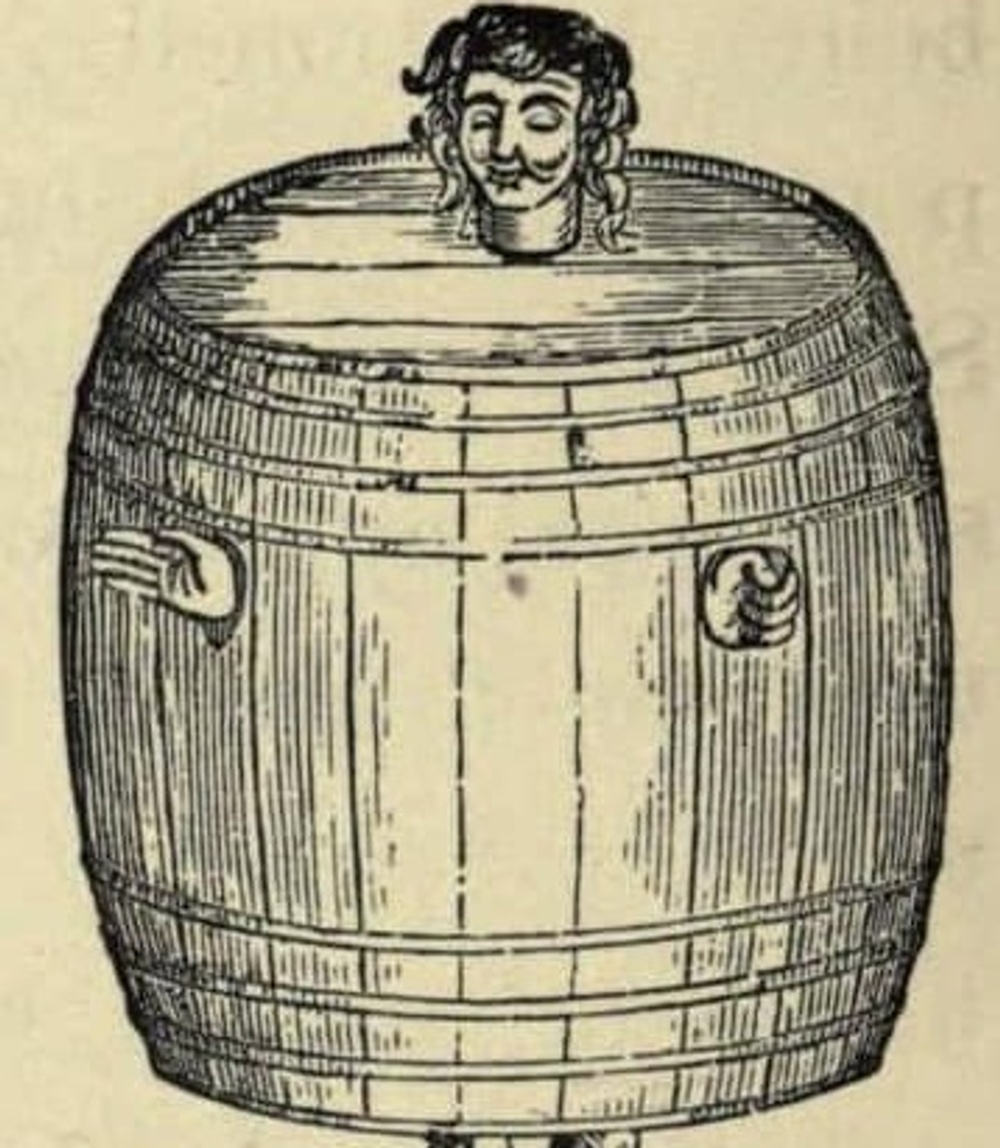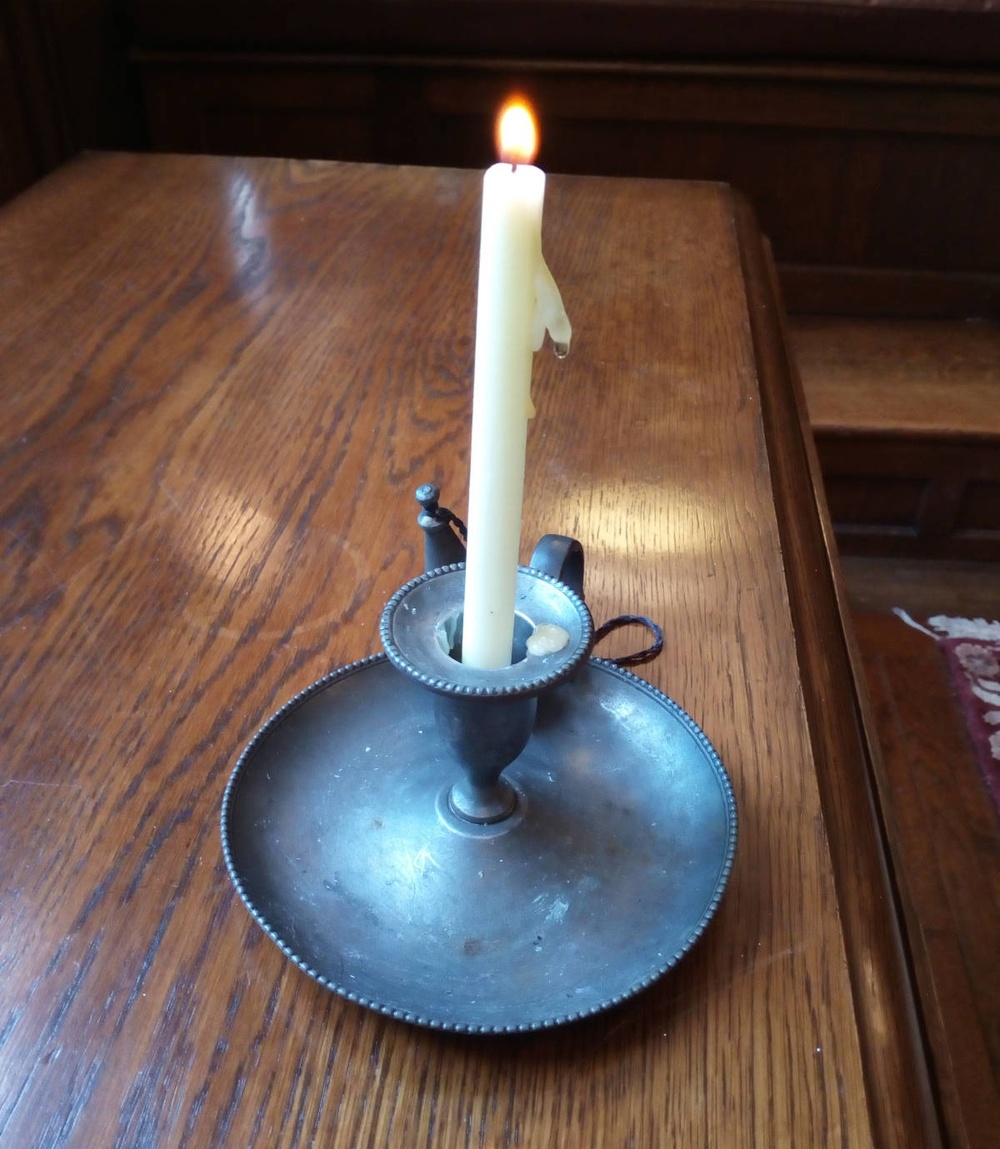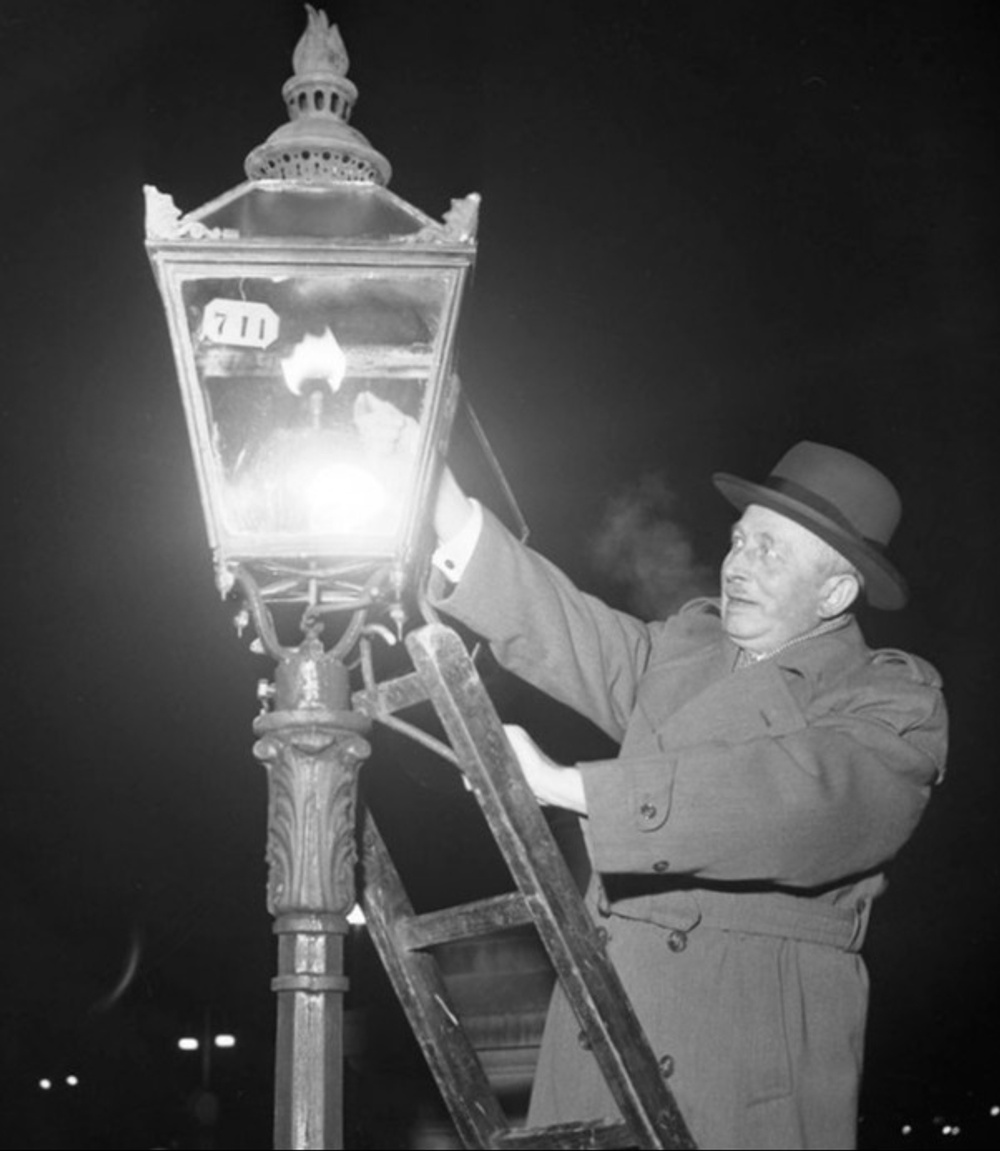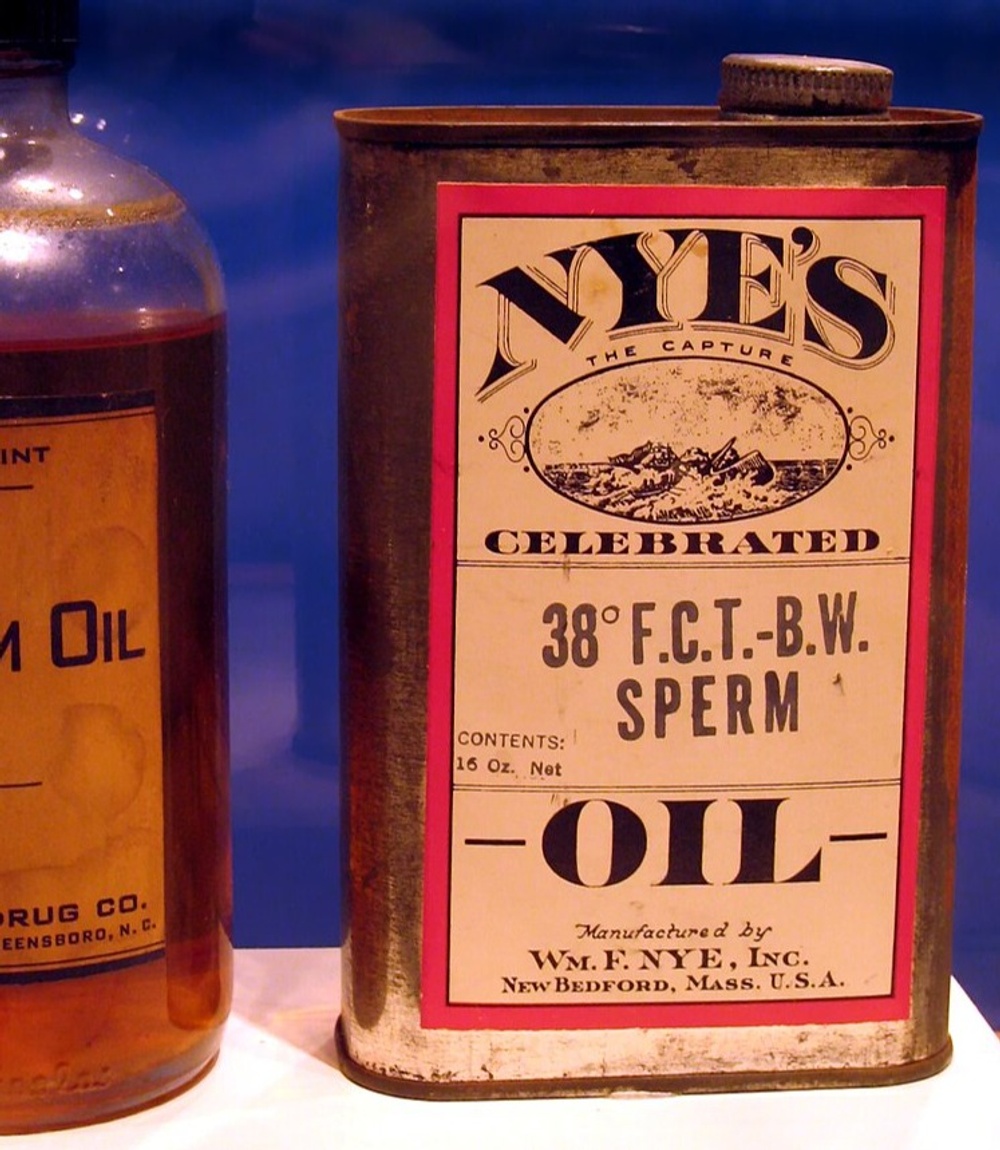While earlier Chandlers held a monopoly on lighting in the City, by the end of the 17th century they were being challenged by other trades. In 1663, manufacturers of oil lamps came at odds with the Chandlers over the best way to light London’s streets. While oil lamps were cleaner and more reliable, the Chandlers were reluctant to give up their ancient rights.
The battle between the two parties was bitter, with the Chandlers holding up any plans for the City-wide installation of gas lighting until 1735 by citing various (and often ridiculous) concerns, including claims that lamp lighters would use their ladders to rob nearby homes.
While the Tallow Chandlers lost the battle to light London’s streets, they continued to be the main suppliers of light in London homes until the 19th century. However, with the advent of new candle making materials such as paraffin, steric, and whale oils, the Chandlers saw their trade becoming increasingly obsolete.
Eventually, of course, even the makers of these new candles were forced into obsolescence with the advent of electricity, and by this point the Tallow Chandlers had shifted their business interests to charity, education and property management.





.png)
